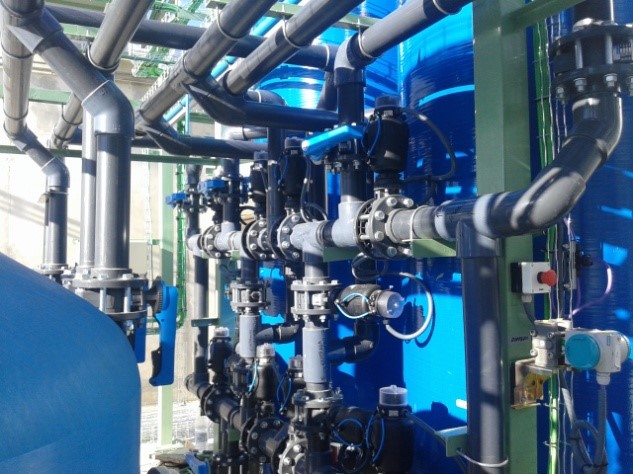
Image Source – Google
Innovation in ion exchange resin manufacturing has been at the forefront of research and development in recent years, leading to significant breakthroughs in the industry. Ion exchange resins are versatile materials that are used in a wide range of applications, including water treatment, food and beverage processing, pharmaceuticals, and more. The latest advancements in ion exchange resin manufacturing have focused on improving efficiency, performance, and sustainability, making them an essential component in various industrial processes.
One of the key breakthroughs in the benefits of ion exchange resin manufacturing is the development of new materials with enhanced properties. Researchers have been able to create resins that have higher ion exchange capacities, greater selectivity for specific ions, and improved stability under a wide range of operating conditions. These advancements have allowed for the development of ion exchange resins that are more efficient and effective in removing impurities from water, capturing and separating valuable metals, and performing other critical functions in industrial processes.
Another area of innovation in ion exchange resin manufacturing is the use of novel manufacturing techniques that allow for the production of resins with tailored properties. For example, researchers have been able to use molecular imprinting techniques to create resins that are highly selective for specific target molecules, making them ideal for applications such as pharmaceutical purification and chemical separations. Additionally, advancements in polymer chemistry have enabled the development of resins with improved mechanical strength, chemical resistance, and thermal stability, allowing them to be used in a wider range of industrial processes.
Advances in sustainability have also been a key focus of innovation in ion exchange resin manufacturing. Researchers have been working to develop resins that are more environmentally friendly by using renewable raw materials, reducing energy consumption during manufacturing, and increasing the recyclability of the materials. By making ion exchange resins more sustainable, manufacturers can reduce their environmental impact and meet the growing demand for eco-friendly products in the market.
One of the most exciting developments in ion exchange resin manufacturing is the integration of advanced technologies, such as nanotechnology and artificial intelligence, into the production process. Nanomaterials have been used to create resins with enhanced properties, such as increased surface area, improved reactivity, and faster kinetics. Artificial intelligence algorithms have also been employed to optimize the synthesis and formulation of ion exchange resins, leading to the development of materials with superior performance and efficiency.
Furthermore, the integration of digital technologies, such as the Internet of Things (IoT) and cloud computing, has enabled real-time monitoring and control of the manufacturing process, allowing for greater precision and consistency in the production of ion exchange resins. By leveraging these advanced technologies, manufacturers can ensure that their products meet the highest quality standards and performance specifications, leading to greater customer satisfaction and market competitiveness.
Overall, the latest breakthroughs in ion exchange resin manufacturing represent a significant advancement in the field, offering new opportunities for improving the efficiency, performance, and sustainability of industrial processes. With continued research and development, we can expect to see even more innovative solutions emerge in the future, further expanding the applications and benefits of ion exchange resins in various industries. As the demand for high-quality, sustainable materials continues to grow, ion exchange resins are poised to play a critical role in shaping the future of manufacturing and environmental stewardship.